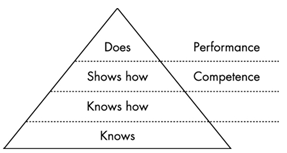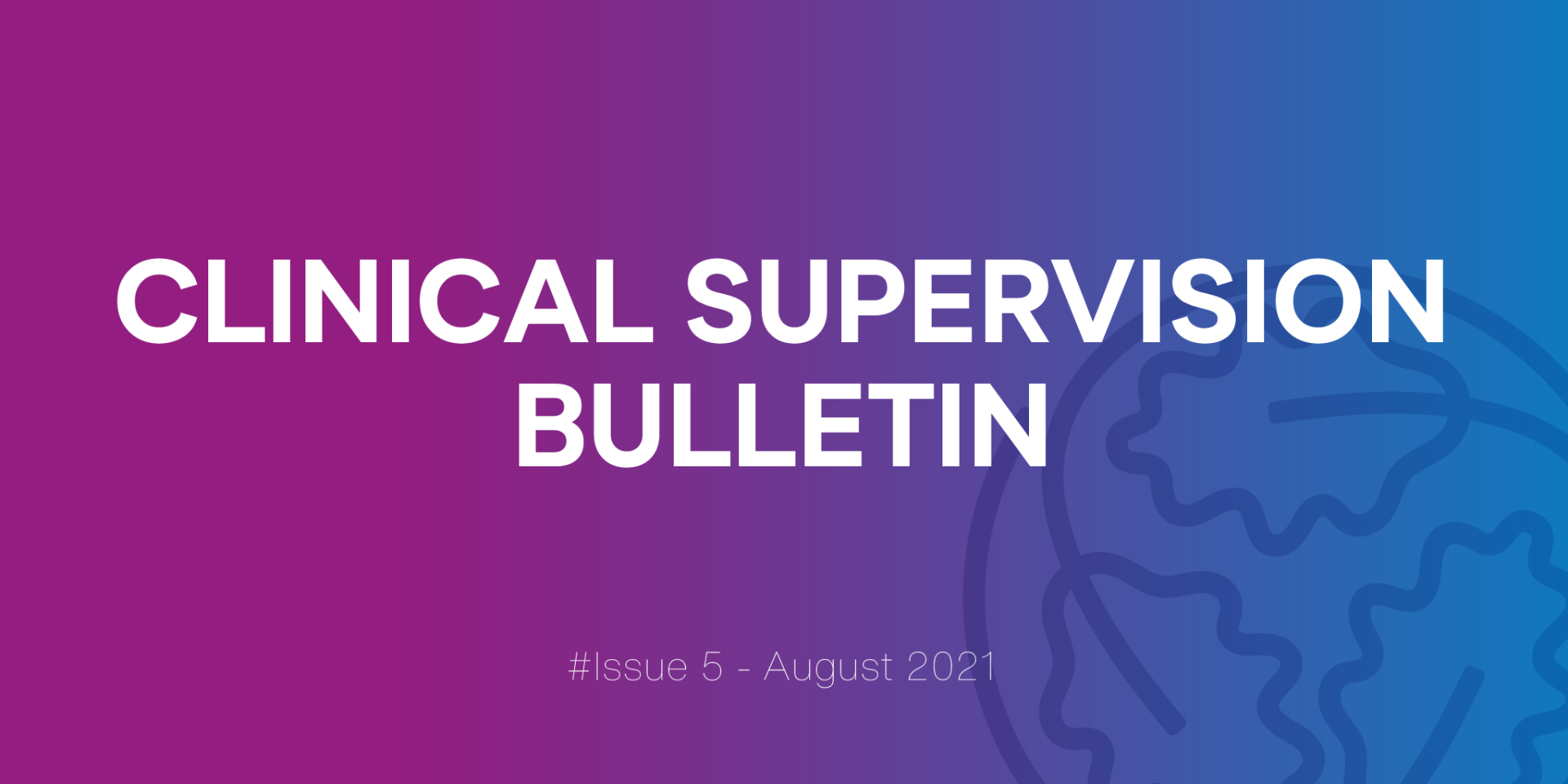Introduction to Workplace-Based Assessments
Clinical Supervision Bulletin – August 2021
Issue #5
Who is this bulletin aimed at?
All clinical supervisors and their trainees.
Specific training pathways may have their own recognised workplace-based assessments. Please make sure you are familiar with them and their exact training requirements.
What are workplace-based assessments (WPBAs)?
WPBAs refers to a group of assessment instruments that may be used to assess the actual practice of a trainee in the workplace.
They target the higher end of Miller’s pyramid - allowing the trainee to demonstrate ‘shows how’ and ‘does’.

Some examples and tips for WPBAs that are used in practice are discussed below.
Case-based discussions (CBDs)
Purpose: To discuss an outcome/output from workplace activity using a case record/result.
Tips for trainees:
Select a case that is sufficiently challenging and demonstrates at least 1 competency
Justify your reasoning and decision-making
Acknowledge areas of further development and how to address them
Tips for supervisors:
Avoid teaching ‘on the hoof’ during exploratory discussion
Do not make judgements until discussion finished
Do give constructive feedback
Ensure questions from peers are relevant
Clinical examination and procedural skills assessment record (CEPSAR) / Direct observations of practical skills (DOPS)
Purpose: To observe and assess the conduct of a practical procedure.
Tips for trainees:
Complete mock sessions
Be clear on what you wish to demonstrate
Don’t forget patient consent
Tips for supervisors:
Calibrate minimal acceptable standards
Consider patient feedback
Multi-source feedback (MSFs) / Patient satisfaction questionnaires (PSQs)
Purpose: To receive feedback about areas including professionalism, interpersonal skills and communication.
Tips for trainees:
Select a broad range of work colleagues
Ask your staff to hand out the PSQs
Remember these are learning tools
Tips for supervisors:
Relay global trends and avoid focusing on isolated negative feedback
Agree any areas of further development
Top tips for successful use of WPBAs:
Plan ahead
Establish clearly what competencies are being assessed
Supervisees should be open to feedback
View them as learning tools - we all have BLIND SPOTS!
What other resources / support is available?
There are resources available on the Clinical Supervision section of the website.
Other Clinical Supervision Bulletins
Clinical Supervision Bulletin #1: A Brief Guide to Effective Support of Pharmacists in GP Practice
Clinical Supervision Bulletin #2: Handling Concerns about Clinical Pharmacists
Clinical Supervision Bulletin #3: Developing Structured Medication Reviews
Clinical Supervision Bulletin #4: Developing Pharmacists Post Centre for Pharmacy Postgraduate Education (CPPE) Pathway
Tagged as: Clinical Supervision Bulletin
Share this post:



